Canning 101: How to Preserve Your Favorite Foods
This post may contain affiliate links. Read my full disclosure policy here.
Please join me in giving Brianna from Craft Thyme a warm welcome! Since I know very little about actual canning, I brought in an expert canner to show us the ropes. You’ll find Brianna’s teaching style very easy to follow, and when you’re done reading this post, hop on over to her blog where you’ll discover a wealth of knowledge about gardening and DIY!
– – – – –
One way to save on your grocery bill is to minimize produce costs.
Vegetables and fruit add up quickly, so buying in bulk or growing your own veggies can really save in the long run. But how do you minimize all that waste from uneaten vegetables? Canning!
I always have an over abundance of vegetables from my garden, luckily I learned the family tradition of canning. However, you don’t need a long family tradition to preserve your produce. With a few basic supplies you are set to can for life!
Basic Supplies for Canning:
There is a little bit of upfront cost with canning; however, once you have your basics you can reuse them for years.
A canning kit is a good way to go if you are a first time canner. A basic kit will have everything you need except jars, lids, and recipe requirements. However, you can start without a full kit.
Necessary Items:
- Large flat bottomed pot: A canning pot has a large flat bottom for your jars to sit and process without tipping.
- Jar Lifter: This nifty device is a tong made solely to lift jars. I really consider these a must!
- Jars: You can go from fancy Weck jars to basic Ball. I honestly have some of every type, but I always prefer wide-mouth as they are easier to pack.
- Jar Lids: With the exception of fancy jars you will need to purchase small metal lids each time you can. They are not reusable. I always make sure to use my old ones in crafts or recycle them.
- Canning Salt: Almost every recipe will require some salt (even jams and jellies). Canning salt is different than table salt. Table salt will cause your final mixture to appear cloudy.
Optional Items:
- Lid lifter: A little magnet used to lift the hot lids from the pan.
- Canning Funnel: This funnel can make pouring liquid into jars much easier.
- Canning Rack: A metal wire rack that fits in the pot so you can lower and pick up multiple jars at a time.
- Jar Labels: You may think you will remember when you canned something. You won’t. Trust me.
How to Can Properly and Safely:
Step 1: Picking Your Recipe and Prepping Your Jars
Water bath canning is perfect for pickles, jams, and jellies (acid foods). Any non-acid foods need a pressure canner, which is not described here today. In the following instructions, we will be making pickled beets (one of my favorites), but there are hundreds of recipes available online.
Once you have your recipe and food prepped, according to instructions, you will need to wash your jars and lids. A simple rinse in soapy water is all that is necessary. Lids must be prepped in hot water directly before canning; follow the instructions on the lid box for details of temperature and time.
After washing, place your open glass jars into the canning pot with the water. Turn them on to boil and allow the glass jars to gradually warm as the water heats to a rolling boil.
Step 2: Packing Jars
In all cases of canning you will have to work quickly to remove hot jars from boiling water, place on a heat resistance surface (I use old towels), put in food/liquid, leave head space, cap with a lid, hand tighten the ring and place it back in the hot water. Whoa! That seems like a lot, but really it is simple.
You will do all of these steps as rapidly as possible to make sure your jars do not cool too much. Cold glass jar + hot water = Broken glass. 🙁
- Remove the hot jar and place on old towels that will keep the heat in
- Place the food and hot liquid (mine is a vinegar mixed with sugar and spices) in the warm jars. Repeat after me: Never place cold liquid in hot jars.
- Leave 1/4 inch of space from the top of the jar. Use a small spatula or knife to poke (a very scientific term there) the items around in the jar. This will make sure all the air is out and the items are packed tight. This space, called head space, is needed to properly allow the air to leave the jar and seal correctly.
- Wipe the top of the jar with a clean rag to remove any food residue and place on a warmed lid. Hand tighten the ring down on the lid. This will hold the lid in place during processing.
- Immediately place the jars back in the boiling water.
Step 3: Processing the Jars
This is the least stressful part of the whole process. Sit back, relax (or clean up the kitchen) and let your jars process for the allocated time. The time varies depending on the recipe. These beets had to stay in the water bath 45 minutes. Make sure to process the entire time. Processing heats up the contents of the jar, kills any rogue bacteria, and insures a good firm seal.
Step 4: Removal and Cooling
Jars need to be removed from the water and placed back on heat resistant and level surface. They will need to sit 24 hours to fully cool and seal.
You may notice the lid is still puffed up in the middle. As the jars cool you may hear an audible pop! In fact, you want to hear that noise! That is the sound of our lid sinking in and firmly sealing. To tell if a jar is firmly sealed press in the center. If it moves up and down then you will need to store that jar in the refrigerator and consume it that week.
I remember being shocked that you do not store jars with the rings on them. You actually remove the rings and clean any residue out. The rings can be placed back on if you want to transport or give jars as gifts, but in general stack them without the rings. This maintains a better seal.
Here are some final tips:
- Keep Jars Warm. Jar breakage happens rarely but sticky fruit, boiling liquid, and broken glass is a pain to clean up.
- Have fun with recipes but always pay attention to how much acid (vinegar) is required. You can play with herbs and spices but the acid is needed to insure you stay bacteria free.
- Gloves: Gloves are great for all kinds of fruit and veggies. I ended up dyeing my hands pink when canning beets. This could always be avoided with a nice set of gloves.
- Enlist a partner: I have canned alone, but it is a lot more fun with friends. Splitting the cost on bulk produce orders, working together to quickly process jars, splitting the finished product, all the while catching up with friends is a great way to make the process easy and fun.
Are you new to canning?
Leave your questions for Brianna in the comments below!
Brianna is one half of the blogging duo behind CraftThyme.com. She and Adam author a blog featuring easy to replicate DIY, gardening, and craft tutorials. IT professionals by day and DIY partners by night you can follow them on Facebook, Pinterest, Instagram, and Google+.
Disclosure: Some of the links in the post above are affiliate links. This means if you click on the link and purchase the item, I will receive an affiliate commission. Regardless, I only recommend products or services I use personally and believe will add value to my readers. Read my full disclosure policy here.


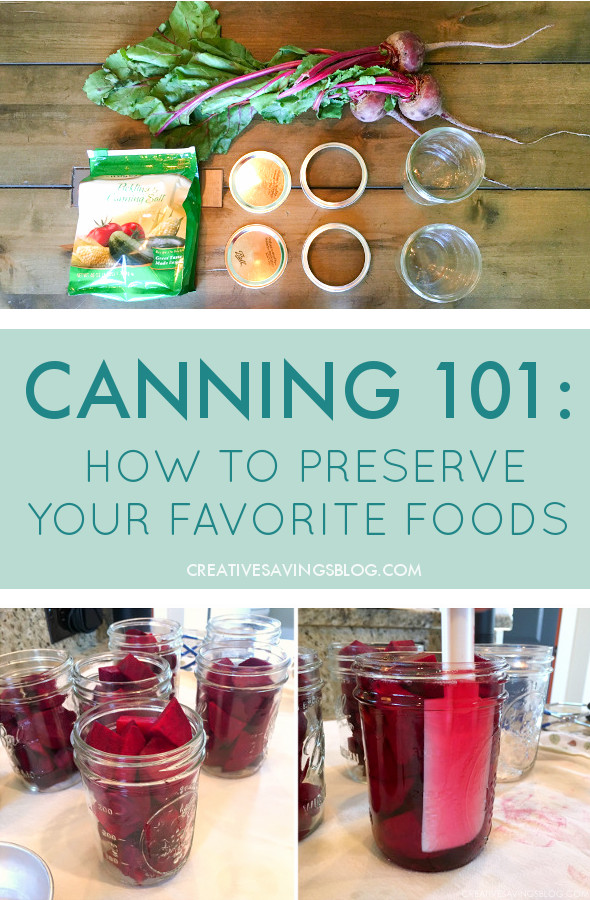
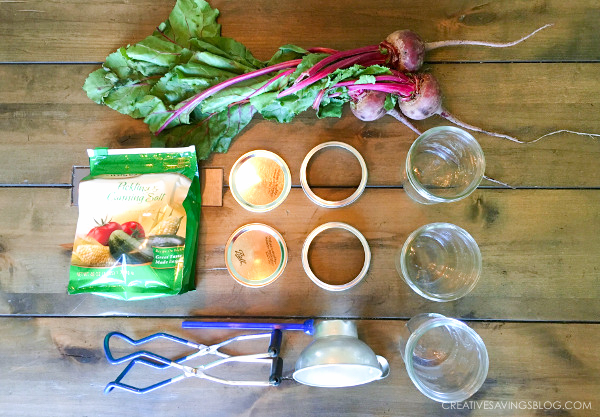
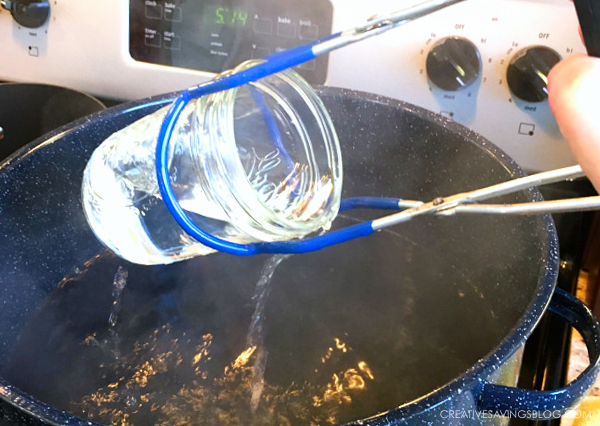
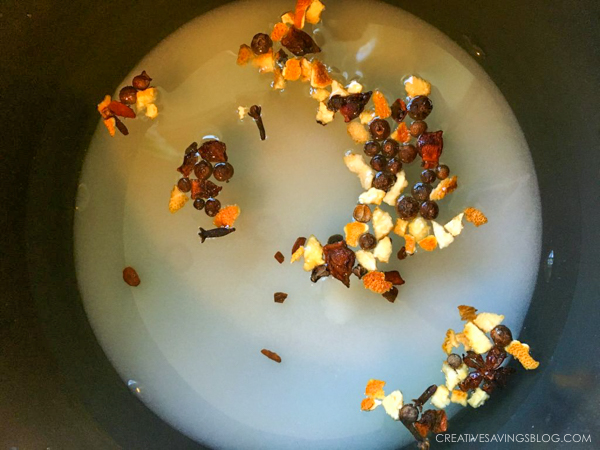
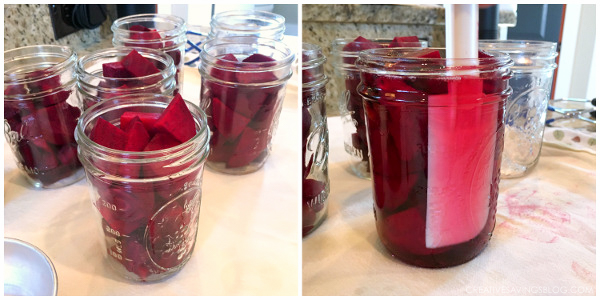
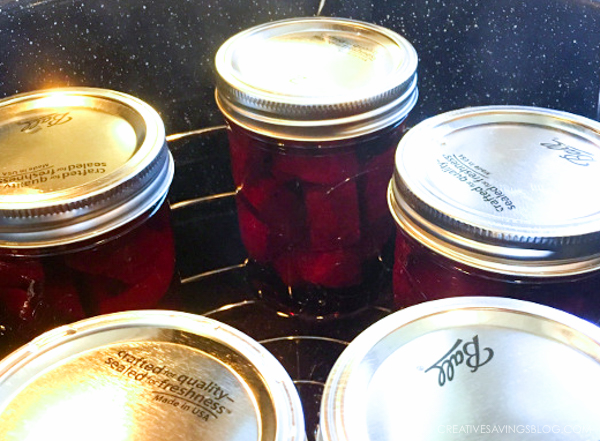
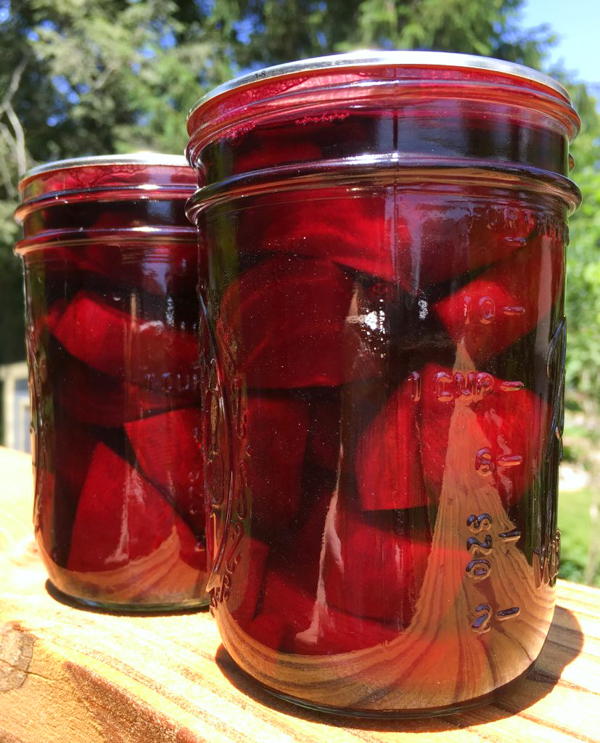

This is a post that I desperately needed!! I’ve been obsessed with canning for years and tried it for the first time last year. The preserving part? It didn’t go so well. I had some pretty suspect jam in my closet. But, I can’t wait to give it another try with your directions! Thank you!
Fantastic tutorial!
I am an avid canner too Brianna. I stopped buying soups and stocks years ago to avoid all the salt and BPA in can liners. However, I have never canned beets, so may need to give this a try. Thanks for the suggestion.
Have a fantastic weekend.
Hugs, LYnn
We don’t have a garden where we live. The sun doesn’t hit our patio well enough to make anything grow, but the next time we move, not having garden space is a deal breaker. I plan to do lots of canning, so this is so helpful!
Now I know how to can veggies and have them whenever I want! That is a great step by step tutorial and I’d love to try this!
SO glad you found it useful. If you give a try and have any questions please let me know!
I’ve never canned vegetables before, but this looks awesome!
It is super easy! Canned veggies make great DIY gifts too!
Canning veggies is one of my favorite ways to have fresh veggies all year round. And beets is one of our favorites. Great post on how to can, Brianna is so knowledgeable on the subject! And I can’t wait until the garden starts producing so I can start canning!
You can sometimes get a discount on supplies right now as most people will not start majorly canning until July when your garden harvests start outpacing your kitchen consumption.